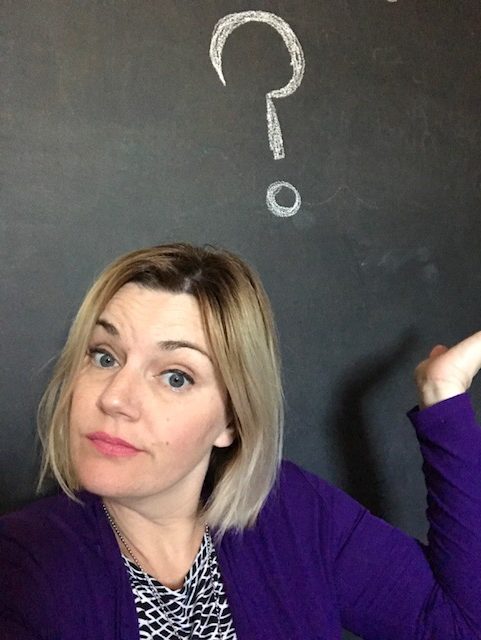Can I encapsulate if there is meconium and other common questions

I’m a total believer in there is never a bad question, so if you have any question at all please ask me! I love when a client/potential client asks me questions. It shows me you are taking this encapsulation thing seriously. I’m also a bit of a nerd and love answering questions. Today, I’m going to answer a handful of questions that I am asked most often.
- Can I encapsulate if meconium is present?
Absolutely! Meconium is not a reason for your placenta to be sent to pathology or a contraindication of encapsulation. If you are told your placenta needs to go to pathology or is no longer safe for encapsulation let your OB/Midwife/nurse know that you intend to take your placenta home so you decline it being sent to pathology. In the event that there is meconium staining (and I will know by looking at your placenta) I will use the proper protocol to prep your placenta in a safe manner
2. Can I encapsulate if I am Group B positive?
Yes, you can. If your Group B culture came back positive, encapsulation can proceed. I prep all placentas in a manner that will eliminate bacteria to food safe levels. If you or your baby develop a fever and also had a Group B positive culture it is best to not encapsulate. This means you may have an infection. You can ask for a section of the placenta to be removed and tested and if it comes back negative for infections we can proceed with the encapsulation as long as the placenta was stored properly while waiting for results.
3. How do I know I’m getting my placenta back?
I only work on two placentas at a time and use the “one in one out method”. That means those two placentas are not in the same point of process. My studio has two work stations. Each station is labeled with the clients name. Dehydrators are labeled. Basically, if I can label it, it gets labeled. There is also trust. I need you and want you to trust me with your precious placenta.
4. Why does it cost so much?
I get asked this so often. There are a lot of factors in the cost. I value my time. I value my experience. I value my knowledge. I value my education. I put so much time and energy into my practice so you can have the experience with encapsulation that you deserve. Then there is material. Everything I use is one use with the exception of my capsule machines, dehydrators and grinder. The dehydrator gets lined with parchment. I use Cavicide for sanitizing. I take no short cuts and use the best quality materials and supplies possible. Basically, you are getting your money’s worth. I wouldn’t want any less for you.
5. Is it legal?
Yes. Currently, in the USA, there are no regulations or laws for placenta encapsulation.
6. Where is the safest place to encapsulate?
Your home, a studio, the encapsulator’s home as long as the proper protocols are being followed than that is the safest place. I prefer to work in my studio so I can monitor the process but that doesn’t mean the person doing it at your home is any less safe.
When searching for a placenta encapsulation provider ask questions. No question is silly.
Millions saw the apple fall, but Newton was the one who asked why.’
— Bernard Mannes Baruch
